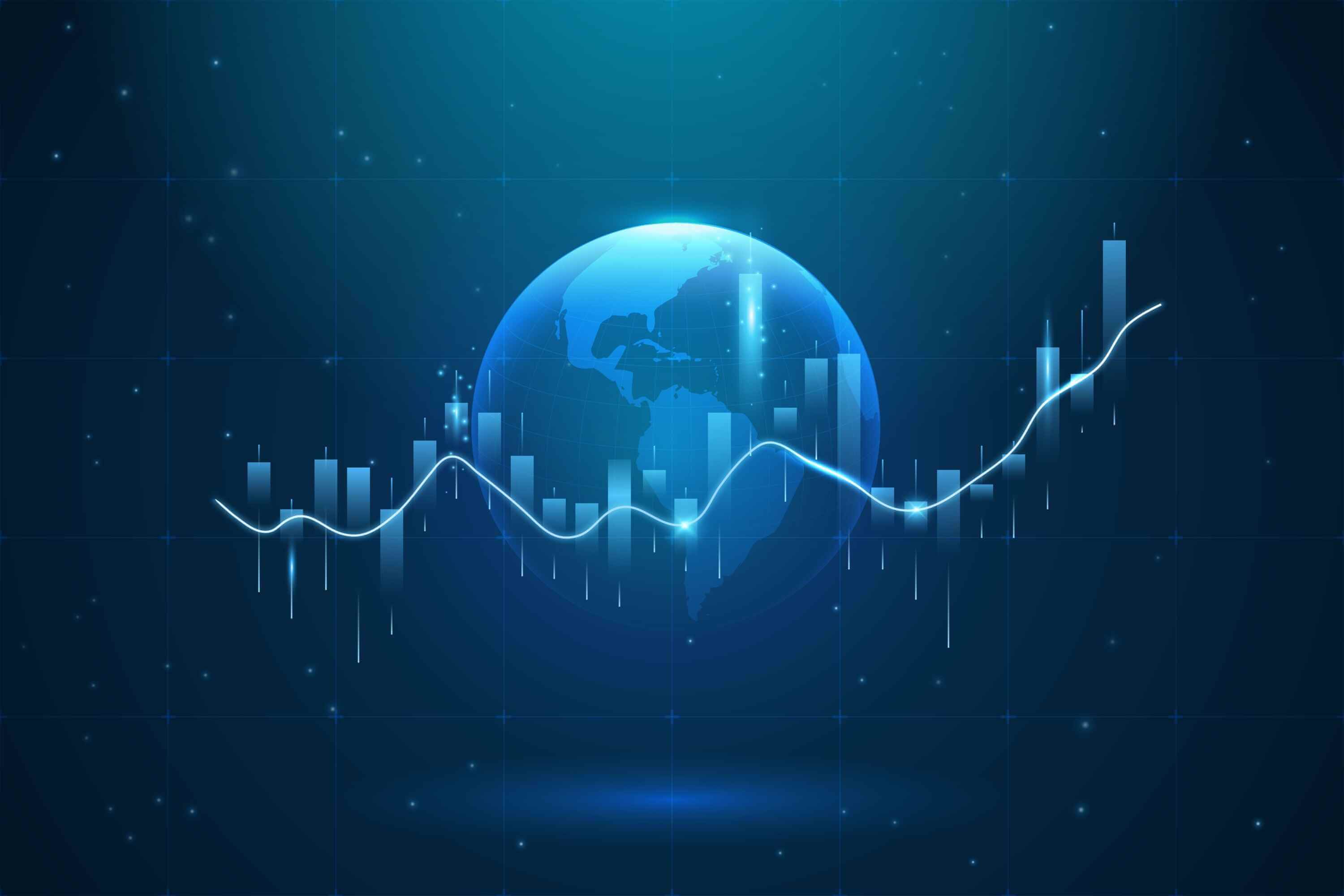Trump Wants Interest Rate Cuts. The Market Isn't Buying It.

Just before the release of Wednesday’s monthly consumer price report, President Donald Trump called for lower interest rates in a post on his Truth Social platform.
“Interest Rates should be lowered, something which would go hand in hand with upcoming Tariffs!!! Lets Rock and Roll, America!!!” he wrote.
Upon the report’s release just a few minutes later, investors indicated they had other plans.
With the pace of inflation for January coming in above forecasts, stocks tumbled while borrowing costs climbed. Those moves reflect expectations that the Federal Reserve, which helps set interest rates throughout the economy, will now keep those rates higher for longer.
“The Fed will see January’s hot inflation print as confirmation that price pressures continue to bubble beneath the economy’s surface,” Bill Adams, chief economist for Comerica Bank, said in a note to clients. “That will reinforce the Fed’s inclination to at least slow and possibly even end rate cuts in 2025.”
RSM US Chief Economist Joseph Brusuelas added that he now expects the Fed to cut interest rates only once, and not until December.
“If we get that at all,” Brusuelas said.
Following the inflation report, market bets implied that the probability of the Fed holding current interest rate levels through 2025 rose from 20% to 29%. Bank of America Global Research suggested Wednesday that the Fed could even raise interest rates, an outcome that remains “unlikely,” but “less inconceivable now.”
By keeping borrowing rates higher, the Fed works to counteract inflation by making it more expensive for consumers and businesses to borrow and invest. The idea is that firms will meet more resistance from their customers if those firms attempt to increase prices to capture more profit.
For consumers, a Fed that’s reluctant to cut interest rates means a continuation of high credit card rates, auto loan costs and mortgage rates, which are indirectly tied to the rates the Fed sets.
Fed Chair Jerome Powell testified before U.S. House members Wednesday, telling lawmakers that inflation “remains somewhat elevated.”
Voters elected Trump to find a way to curb the hotter inflation that occurred under President Joe Biden. But the president has also sought to impose tariffs to extract concessions and raise revenues on the belief — which many economists dispute — that America’s yawning trade deficit is a sign of weakness.
But those tariffs risk exacerbating the inflation that Trump promised to tame.
In general, tariffs risk further raising prices as the importers pass on costs to consumers. And even though tariffs on Mexico and Canada were delayed, the very threat of them may have caused some prices to increase in anticipation of greater costs even before Trump took office. Trump himself acknowledged that tariffs may cause some “pain” in the economy.
The risk that prices could rise as a result of the White House’s trade war makes for a fraught policy dilemma at the Fed. While higher prices could force the Fed to keep rates high, or even raise rates, the uncertainty could actually tilt the Fed into cutting rates, as the central bank did during the first Trump administration’s trade war.
“It’s possible that the economy would evolve in ways that, because of tariffs, or partly because of tariffs, that we would need to do something with our policy rate but we can’t know what that is until we actually know what policies are enacted,” Powell told the House Financial Services Committee, although he repeatedly declined to comment on whether the proposed tariffs were good or bad for the economy.
One Trump administration official hinted this week how the president may seek to square the seemingly conflicting objectives on the tariff impacts. In an appearance on CNBC, Kevin Hassett, director of the National Economic Council, said the president would seek to address price increases by lowering aggregate demand and increasing the labor supply.
In other words, the president may seek to weaken the jobs market.
There are also signs that the Trump administration is dialing back expectations for how much progress can be made on reducing prices.
“Rome wasn’t built in a day,” Vice President JD Vance told CBS News last month, adding that “it’s going to take a little bit of time” for grocery prices to decline.
Trump posted “BIDEN INFLATION UP” on Truth Social shortly after the release of the January inflation report. But the Bureau of Labor Statistics collects data on prices throughout the entirety of the month, meaning that the report also covers roughly the first two weeks of Trump’s return to the presidency.


